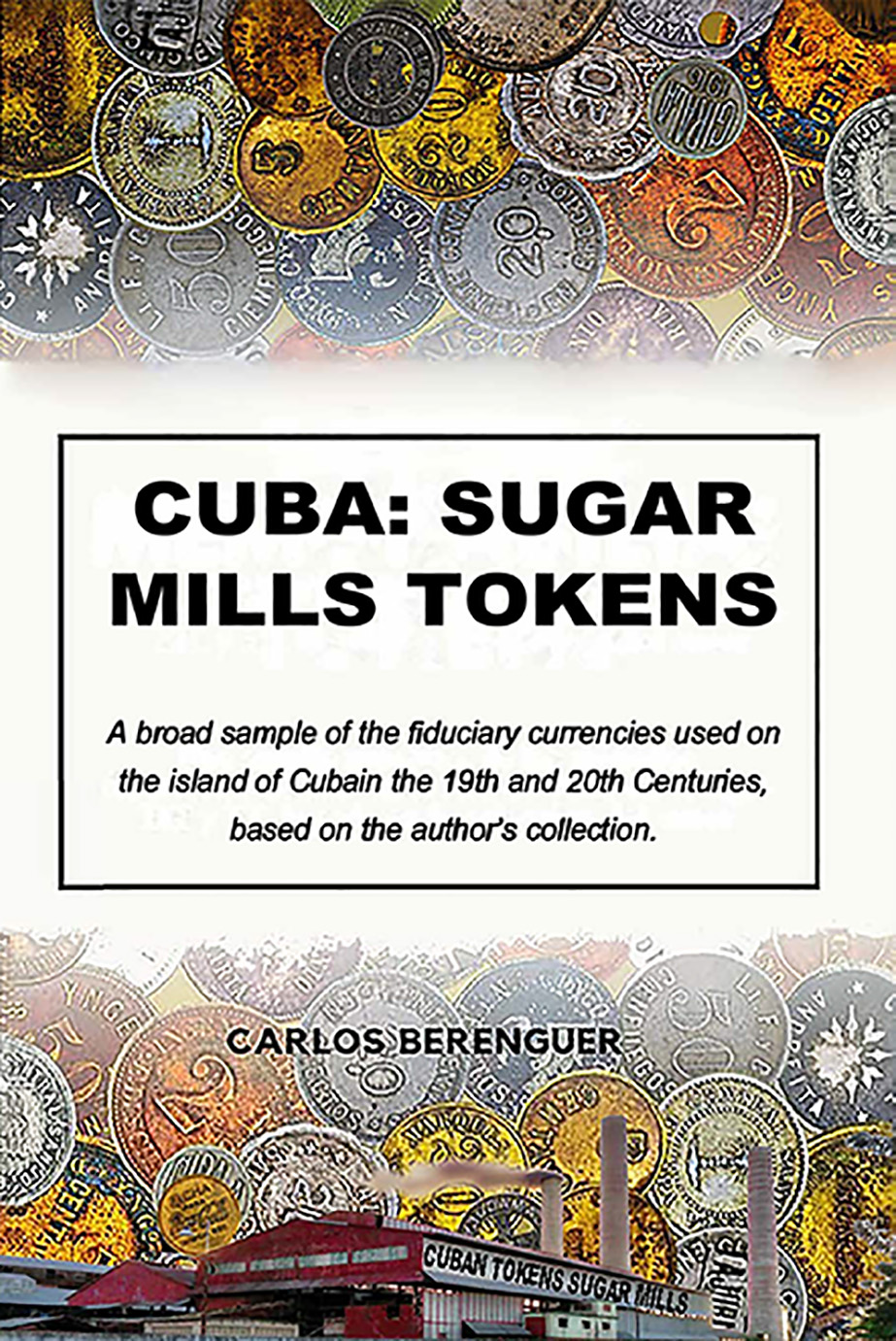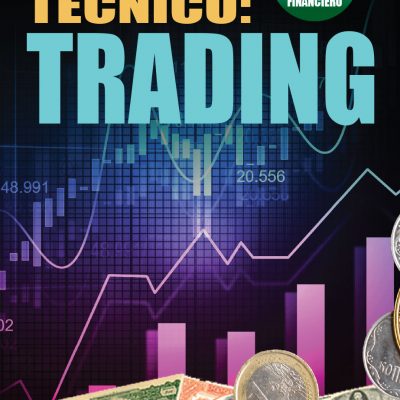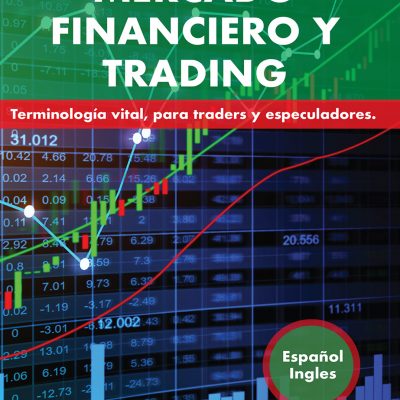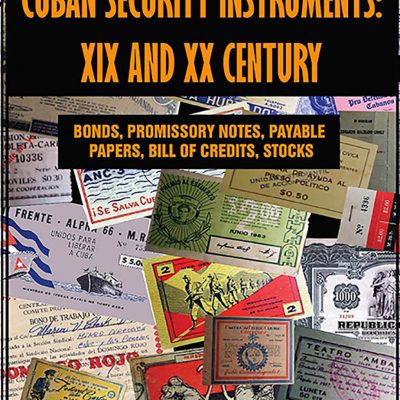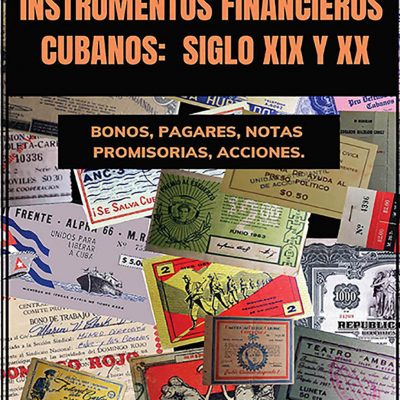Issuance of Tokens in Cuba was mainly driven by the sugar industry, both by the Ingenios and the establishments concentrated around the Batey, despite the fact that some people maintain the theory that tokens began in stores before they appeared in the Ingenios. I do not think this distinction is important for this exhibition, because the objective of this book is not the study of the tokens but to show the author’s private collection, as I have already mentioned; some learned scholars have already approached this subject at length, so I will focus my attention on exhibiting the collection as such.
Issuance of Tokens in Cuba was mainly driven by the sugar industry, both by the Ingenios and the establishments concentrated around the Batey, despite the fact that some people maintain the theory that tokens began in stores before they appeared in the Ingenios. I do not think this distinction is important for this exhibition, because the objective of this book is not the study of the tokens but to show the author’s private collection, as I have already mentioned; some learned scholars have already approached this subject at length, so I will focus my attention on exhibiting the collection as such.
Tokens circulated at cafés, restaurants, means of transportation, at shows and an endless number of activities one way or the other as subjected to commercial exchange, something that I will show throughout these pages.
The manufacture of Tokens in English- and German-speaking countries, Fichas in Spanish-speaking countries, Jetons in French, gettone in Italian, etc. covered a wide range of methods and materials and there were brass, copper, bronze, nickel, aluminum and even plastic tokens. There are very specific cases in which, due to shortage of material, payment was issued in paper, cardboard and bank counterfoils for amounts as low as one cent.
Their manufacture was in general very simple, and their sole objective was to face the problem of shortage of the fractional currency, but on occasion they were coined with the same rigor as the currency that circulated in Europe, with coats of arms or embossed representative figures and ornaments that made them art pieces, thus adding to the prestige and ego of the people who issued them. There bimetallic ones, with grooves and holes with countless designs, die-cast in great detail, etc.
The oldest Cuban Token is considered to be one issued by the Ingenio Ecuador, a Cuban ingenio owned by Manuel and José Francisco de la Vega, located in the province of Matanzas. On the obverse there is a palm tree in relief along with the date 1864 and on the reverse its value and the names of its proprietors.
The author’s private collection will be shown trying to divide it in a logical manner, if possible; although I anticipate that this is an almost impossible task, because some their connections were well known whereas others were concealed to evade any existing regulation; in addition, there is not reliable information about all of them, but in general, even though it is not written on stone, they will be divided in large groups, such as sugar-related, from stores, establishments, farms, for community purposes, transportation, events, etc.
For each of the descriptions, I have tried to provide some information, whatever has appeared, whatever was available, on occasion it is even contradictory, some are more fortunate than others, there is truly interesting or very scant information and in every case there are photographs of the tokens, which I consider of great interest for the person reading these lines. Available facts are few and difficult to get, among other things due to the fact that the author does not have the privilege of living in his homeland.
It is funny to see how writings of the period mention different dates for the same event with certainty, estimated figures and others that are incredibly accurate, which differ in what is essential, that is why we have undertaken to analyze and choose as much as possible the ones that seem more solid; for example, a number referring to production or the number of employees, etc. is surely set in a certain period of time about which we do not have enough information to set it so; nevertheless, it will serve as a guide for those who are really interested.
I made the decision to ignore the new names assigned to the sugar mills and the different establishments, as well as the new divisions of the former Cuban provinces, because that will only cause confusion, if it is borne in mind that what little information there is in general is from before 1959, the year in which these unnecessary, exaggerated and at times inappropriate changes began indiscriminately.
Another important observation is their measurements. Many tokens are small, others not so much, they can be found even belonging to the same company measuring from half an inch in diameter to one and a half inches. The thing is that, due to the poor condition in which some pieces are, as a result of the passage of time, if we keep their measurements faithfully, in some cases it would be difficult for the reader to identify the texts and the markings, so I decided to adapt the photographs to the size that would allow better display, the exact measurements are in the token’s description.
The original production data use Spanish units of the time. A Caballeria – cavalry-would be the equivalent of 33 Acres and an Acre would be equal to 43,500 square feet. Use Hectareas – hectare- equivalent to 10,000 square. They also use the Arroba- simbolized as @- unit of measure, which is the equivalent of 12 Kg.
Lastly, with the aim of not leaving any empty spaces, I decided to post photos of that time period, which are always interesting in that they somehow transport the reader to the setting around that historical epoch.
I have included my email address and my web page with the main objective of receiving, as feedback, any complementary information, no matter how small it may be, that would allow me to delve into details of any given tokens, so as to add it to future editions.
Without any further delays, let’s reveal the author’s Cuban Token Collection.
![]()
![]()

